Each month, Mployer collects and presents some of the most relevant and most pressing recent changes in law, compliance, and policy in areas related to employee benefits, health care, and human resources.
I-9 Form Update
US Citizenship and Immigration Services released a new I-9 form on April 2, 2025. Some of the updates include replacing the word “non-citizen” with “alien” and the word “sex” has replaced “gender.”
The previous I-9 forms - released on August 1, 2023 - remain valid until their listed expiration dates, in 2026 and 2027, respectively.
You can find the new forms here.
State Updates
Tennessee: As of April 11, 2025, employers in Tennessee are required to pay out all owed earnings in the event of an employee’s death. Previously, Tennessee employers could cap those payments at $10,000. You can read more here.
Washington: Beginning June 27, 2025, employees in Washington state will be permitted to use sick leave in order to address immigration-related issues. You can read more here.
The Washington state legislature has also updated several laws governing when minors are allowed to work, employee protections, health care worker rest breaks, and workplace safety measures in certain industries. You can find those bills here, here, here, and here, respectively.
Beginning July 27, 2025, Washington employers will no longer be able to require that employees have driver’s licenses unless driving is part of the job function and/or central to a legitimate business purpose. You can read more here.
As of May 1, 2025, minimum wage in the city of Bellingham, Washington increased to $18.66 per hour. You can read more here.
Wisconsin: The Wisconsin Supreme Court ruled that state laws that protect job candidates and workers from arrest-record discrimination also apply to non-criminal offenses like civil violations. You can read more here.
Colorado: Beginning July 1, 2025, Colorado employers that collect biometric data (e.g. fingerprints, retina scans, etc.) from employees and/or job candidates must follow the expanded guidelines laid out in the Colorado Privacy Act, which include implementing a written policy addressing biometric collection protocol and obtaining consent for the collection of biometric data. You can read more here.
Beginning February 1, 2026 Colorado employers that use artificial intelligence to evaluate employees and job applicants will be required to take proactive measures to ensure that those platforms are not enabling discriminatory practices. You can read more here.
Massachusetts: Employers with more than 50 employees must post the new veterans services poster that was just released by the Massachusett Executive Office of Labor and Workforce Development. The poster must be conspicuously displayed in an area that is accessible to all employees. You can find the poster here.
New York: As of March 2, 2025, all New York employers are prohibited from requiring job applicants to provide a copy of their criminal history record, which closes a loophole employers had been exploiting to obtain such records despite restrictions regulating their access to those records.
As of March 22, 2025, all New York employers regardless of size are prohibited from requiring job applicants or employees from providing a copy of their criminal history report that was obtained via the New York State Division of Criminal Justice Services.
Beginning May 8, 2025, NY employers with more than 3 employees must conspicuously post their lactation room accommodation policies and guidelines as well as the relevant state requirements both somewhere accessible by all employees and on the organization's intranet if applicable.
Beginning June 2, 2025, employers with 10 or more retail employees must have in place a written policy and training program for violence prevention measures and retail employers with 500 or more employees must install and/or maintain silent response buttons to alert authorities about emergencies. This legislation was originally slated to take effect March 4, 2025, But was amended to clarify employer responsibilities.
Further, as of January 1, 2025, New York employers are required to provide 20 hours of paid prenatal leave during a 52 week period. Also, as of the new year, the characteristics to which equal protection was extended via the New York State Human Rights Law and the resulting protections are formally enshrined in the New York State Constitution. Those characteristics include: age, disability, ethnicity, gender identity, gender expression, national origin, pregnancy, and anything else related to reproductive healthcare.
Oregon: As of January 1, 2025, Paid Leave Oregon provides leave for employees completing necessary legal steps associated with adopting and/or fostering children.
Minimum Wage For Federal Contractors Rescinded
On March 14, President Trump rescinded Executive Order 14026 - which Biden signed in 2021 and raised the minimum wage for federal contractors from $10.10 per hour to $15 per hour with mechanisms contained within the order to continue increasing this wage minimum over time.
On January 1, 2025, in accordance with EO 14026, the minimum wage for federal contractors increased to $17.75 per hour, but now that Trump has rescinded EO 14026, it is unclear what the current minimum wage for federal contractors is.
You can read more here.
Alternative Manner For 1095-B & 1095-C Distribution
If your organization is using the alternative method for distributing 1095-B and 1095-C forms in accordance with the Paperwork Burden Reduction Act, your website must be in compliance from the first business day of March through at least October 15th. You can find guidance from the IRS about how to properly follow compliance protocols here.
DEI Executive Orders Paused
On February 21, 2025, a federal judge put a stay on Trump’s Executive Order limiting the ability of federal agencies and federal contractors to operate Diversity Equity and Inclusion programs. The court questioned whether the order violated free speech rights and potentially illegally restricted otherwise legal actions taken by private entities. You can find the decision here.
Form 300A Submission Due
From February 1st to April 30th, non-exempt (low hazard) employers who had at least 11 employees at some point in 2024 must post in a conspicuous place a copy of OSHA Form 300A, Summary of Work-Related Illness and Injury, certified by a company executive.
For non-exempt employers that had 250 or more employees at some point last year and employers with 20 or more employees in specified high risk industries, OSHA requires electronic submissions, which are due by March 2nd, 2025.
You can find the electronic submission platform here.
Executive Orders
In his first days since returning to office, President Trump signed a series of executive orders dealing with labor and employment issues for federal employees and federal contractors, with more expected still to come.
While thus far these orders don’t apply to private employers in general - with the exception of those that accept federal funds and/or are federal contractors - these orders will not only affect a sizeable portion of the workforce directly, but they will also likely inspire some private employers to modify their practices and follow the example set by the executive branch.
The new rule that will most likely have the largest impact beyond the sphere of federal employees is Executive Order 11246, which makes it so that federal contractors no longer have to practice affirmative action in the hiring process for most protected classes. The only protected classes excepted from the order are veterans and individuals with disabilities, for whom affirmative action standards still apply.
Although federal contractors will no longer be required to maintain affirmative action programs, Title VII of the Civil Rights Act remains in effect to prevent discrimination against protected classes like race, gender, sexual orientation, and national identity.
You can read more here
Spence v. American Airlines
A Federal District Court Judge in Northern Texas ruled that American Airlines had breached its fiduciary duty by working with an investment manager that promoted ESG practices in a way that ran counter to the economic interests of the employee retirement fund beneficiaries.
The repercussions of this ruling could be industry-reshaping if upheld, although there were many additional conflicts of interest between American Airlines and their investment fund manager that may limit how broadly applicable the ruling will ultimately prove to be.
The judge has already found American Airlines in breach of their fiduciary duty, but he has yet to assess damages, which will influence the probability of appeal and the likelihood of copycat cases.
You can read more about this case here.
EAD Extension Formalized
As of January 13, 2025, the extension period for certain renewal Employee Authorization Document (EAD) applications filed on May 4, 2022 or later has been formalized at 540 days.
You can read more here.
IRS Mileage Reimbursement Rate Increased
As of January 1, 2025, the IRS mileage reimbursement rate for road miles driven for business purposes increased by 3 cents per mile from 67 to 70 cents per mile driven.
PCORI Fee Increase
The IRS released a statement announcing a 25-cent increase in Patient-Centered Outcomes Research Institute fees for covered plan years ending on or after October 1, 2024, and before October 1, 2025.
The new fee is $3.47 per covered life.
You can read more here.
DOL Reinstates Simplified Tip Credit Rule
In response to a Federal Court of Appeals Decision that vacated the so-called 80/20/30 rule that was instituted in 2021, the Department of Labor officially reverted to the previous tip credit rule.
You can read more here.
Increased ACA Flexibility and Affordability Threshold
In the final days before Christmas a few weeks ago, the Employer Reporting Improvement Act both became law.
As of January 1, 2025, the threshold for what qualifies as affordable coverage is now 9.02%, which means that an employee’s required contribution to the plan can be no more than 9.02% of their salary in order for the plan to be considered affordable and to avoid potentially paying the penalty.
You can read more about the affordability threshold here.
EAP & Highly Compensated Exception Update
A federal court in Texas determined that the Department of Labor exceeded its authority last summer by increasing the minimum pay thresholds for employees to qualify under the executive, administrative, and professional and highly-compensated employee exceptions to minimum wage and overtime protections.
Those minimum pay thresholds have reverted to their prior levels - back to $684 per week for the EAP exemption (down from $844 per week under the now defunct rule), and back to $107,432 per year for the HCE exemption (down from $132,964 per year under the now defunct rule).
NLRB Says No Captive Audience Meetings on Unionization Issues
The National Labor Relations Board has issued a decision prohibiting employers from forcing employees under threat of punishment to attend meetings during which the employer will share views on unionization or its impacts.
Employers are allowed, however, to convene employees and share their views on unionization and potential impacts so long as employees are not disciplined or adversely affected in any way for not attending (or leaving early). Employers should not even keep or maintain such attendance records.
You can read more here.
IRS Publishes 2025 Annual Retirement Plan Maximums
- The 401(k) annual contribution limit increased from $23,000 to $23,500 in 2025.
- The catch-up contribution limit stayed unchanged at $7,500 for participants aged 50 and over.
- The SECURE Act 2.0 also instituted a new type of catch-up contribution, which enables participating people (age 60 to 63) to contribute up to $11,250 annually.
You can read more here.
IRS Publishes 2025 Annual Benefit Maximums
- The HFSA contribution max is $3,300 (maximum carryover is $650 for HFSAs with carryover features).
- The QSEHRA max for total reimbursements is $6,350 for single coverage and $12,800 for family coverage.
- The max employee tax credit for adoption assistance is $17,280, with additional conditions depending on employee salary range.
- The monthly parking and mass transit benefit max is $325.
You can find the complete IRS 2025 benefit contribution limit list here.
ERISA Guidance for Long-Term Part-Time Employees
You can find guidance for ERISA 403(b) plan eligibility requirements for long-term, part-time employees according to the updated standards from the Secure ACT 2.0 here.












.avif)



.avif)










.avif)
.svg)


.png)
.png)

.png)





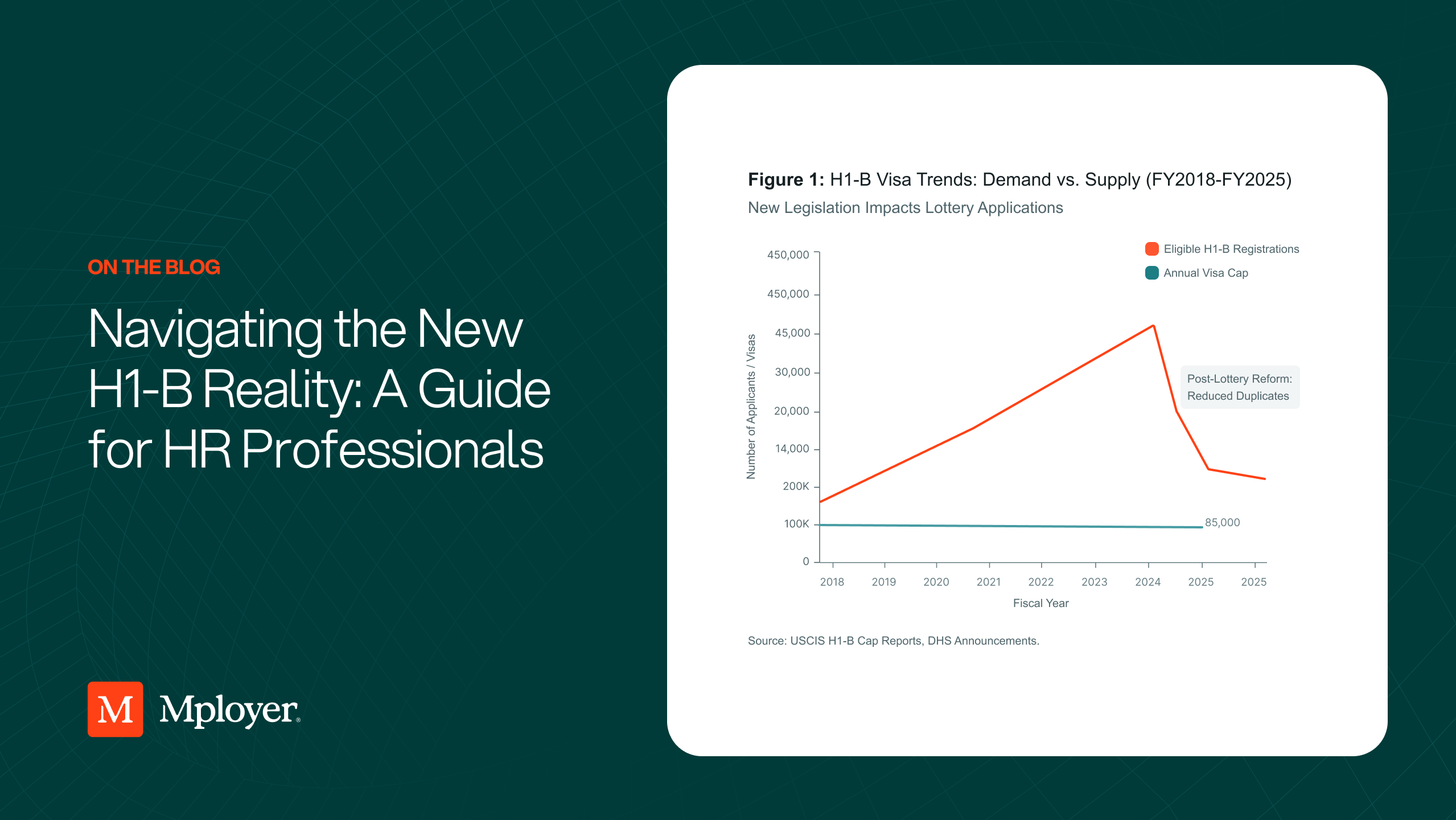


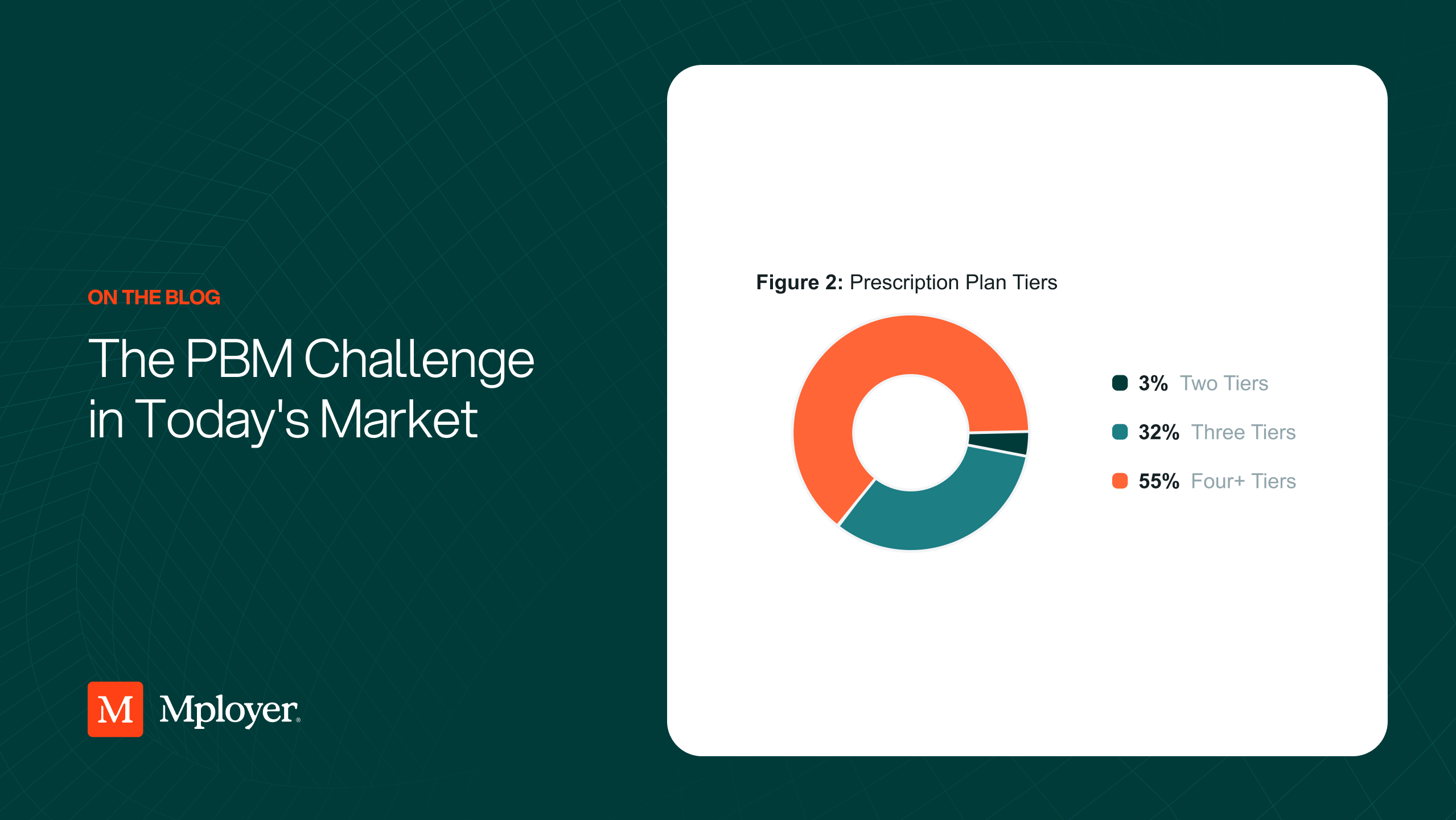
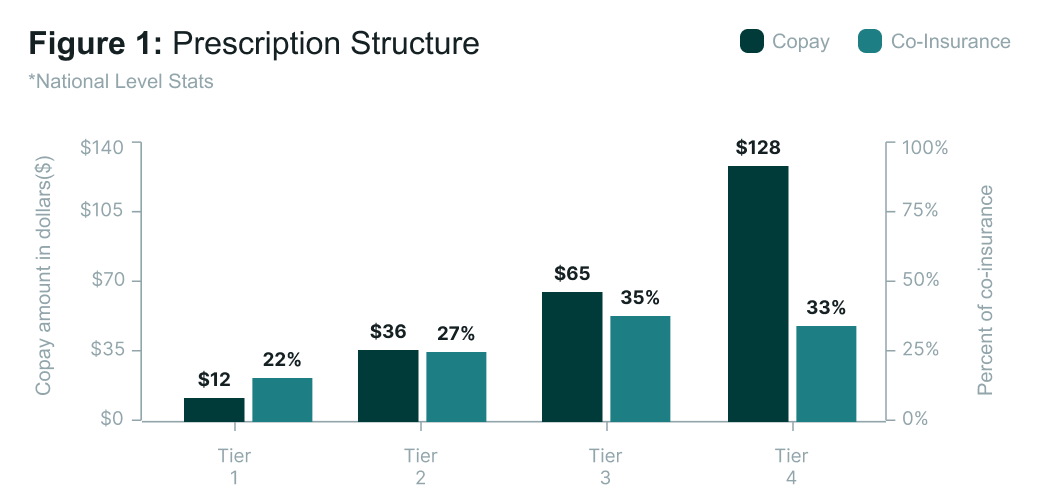
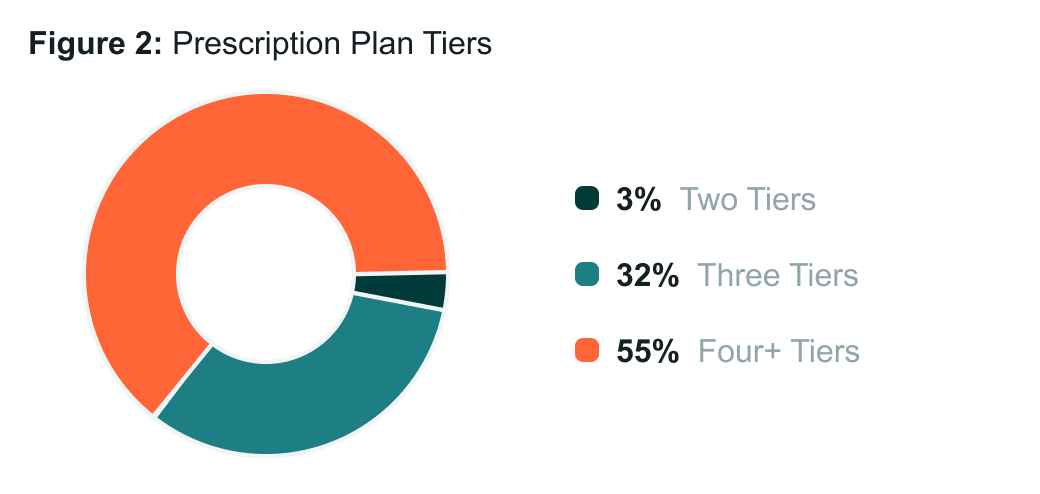
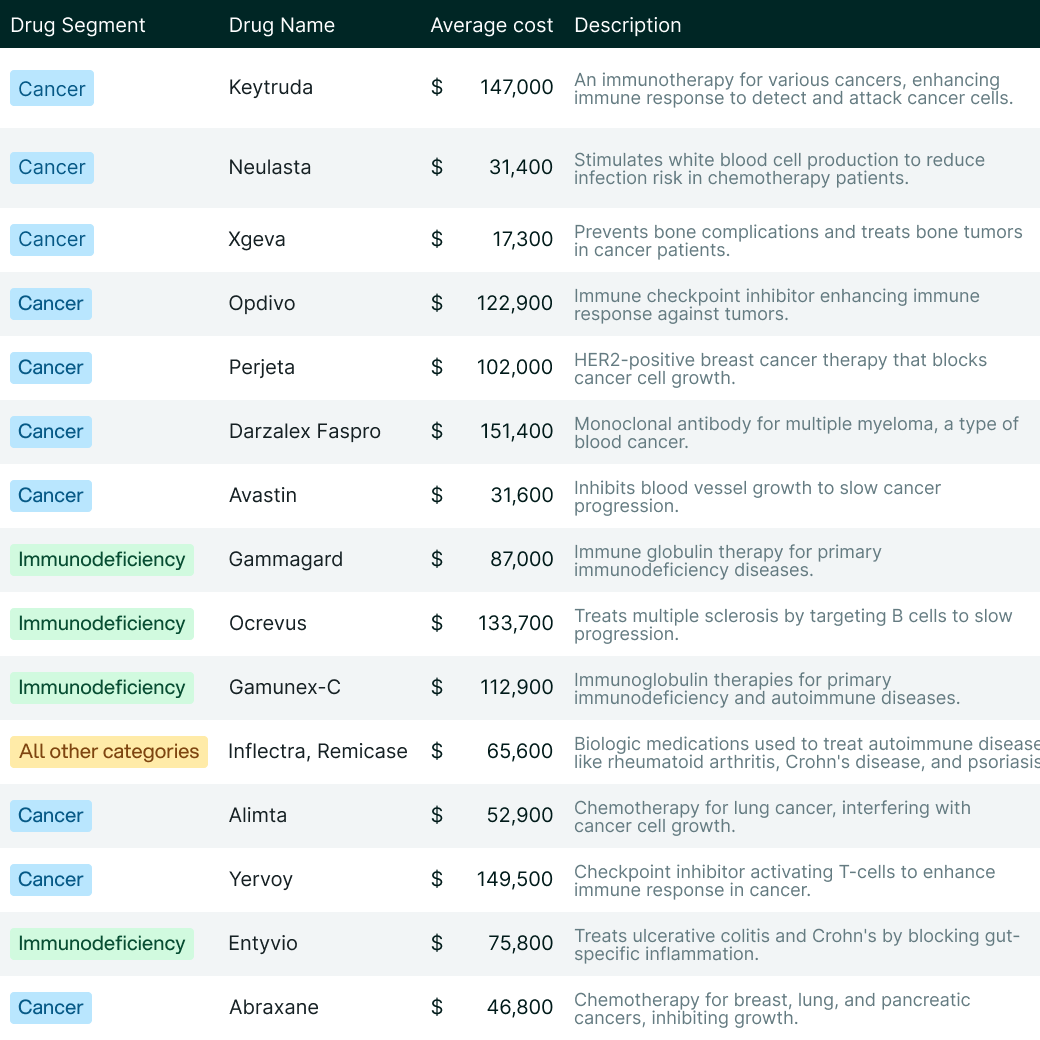


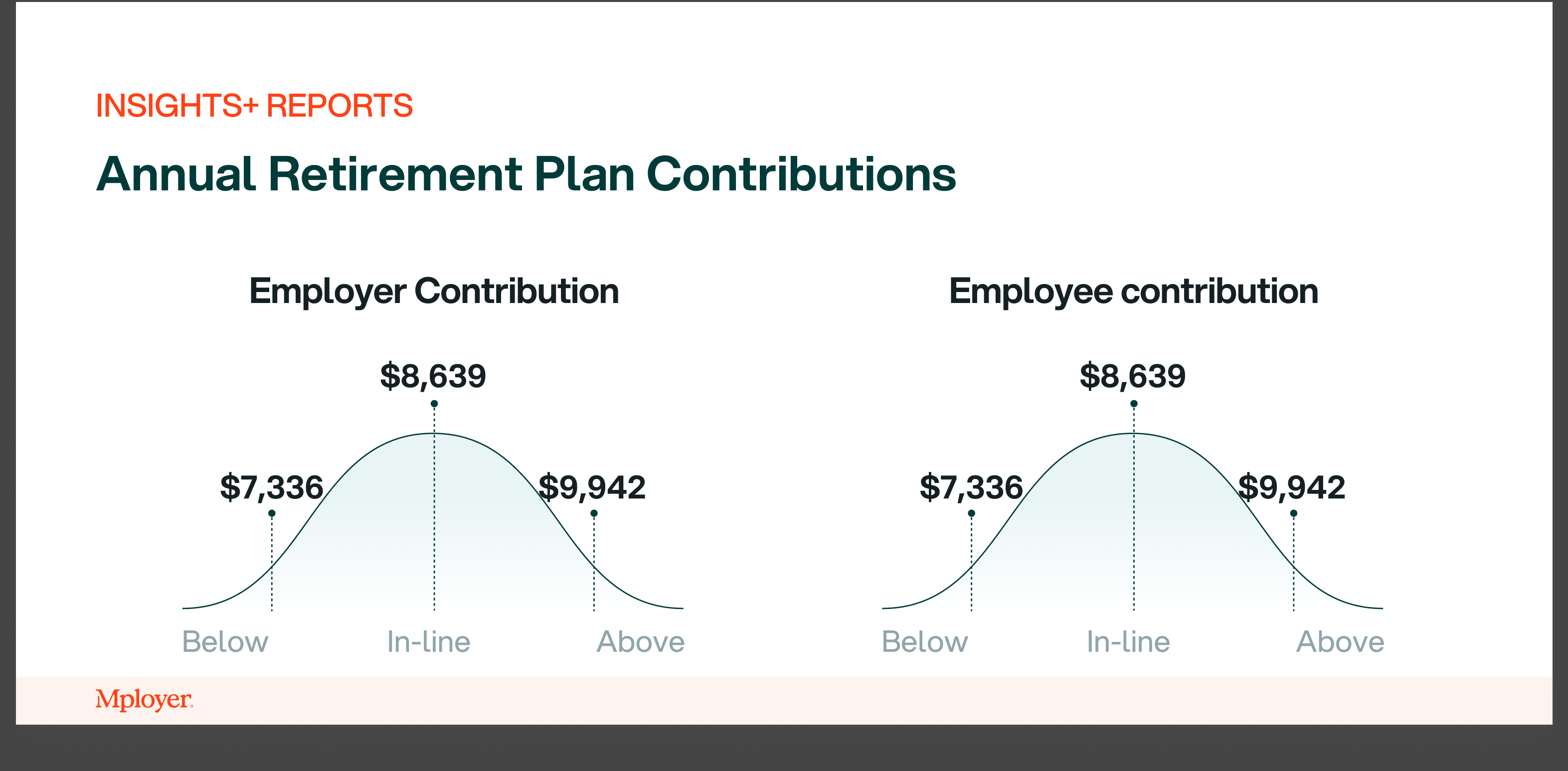



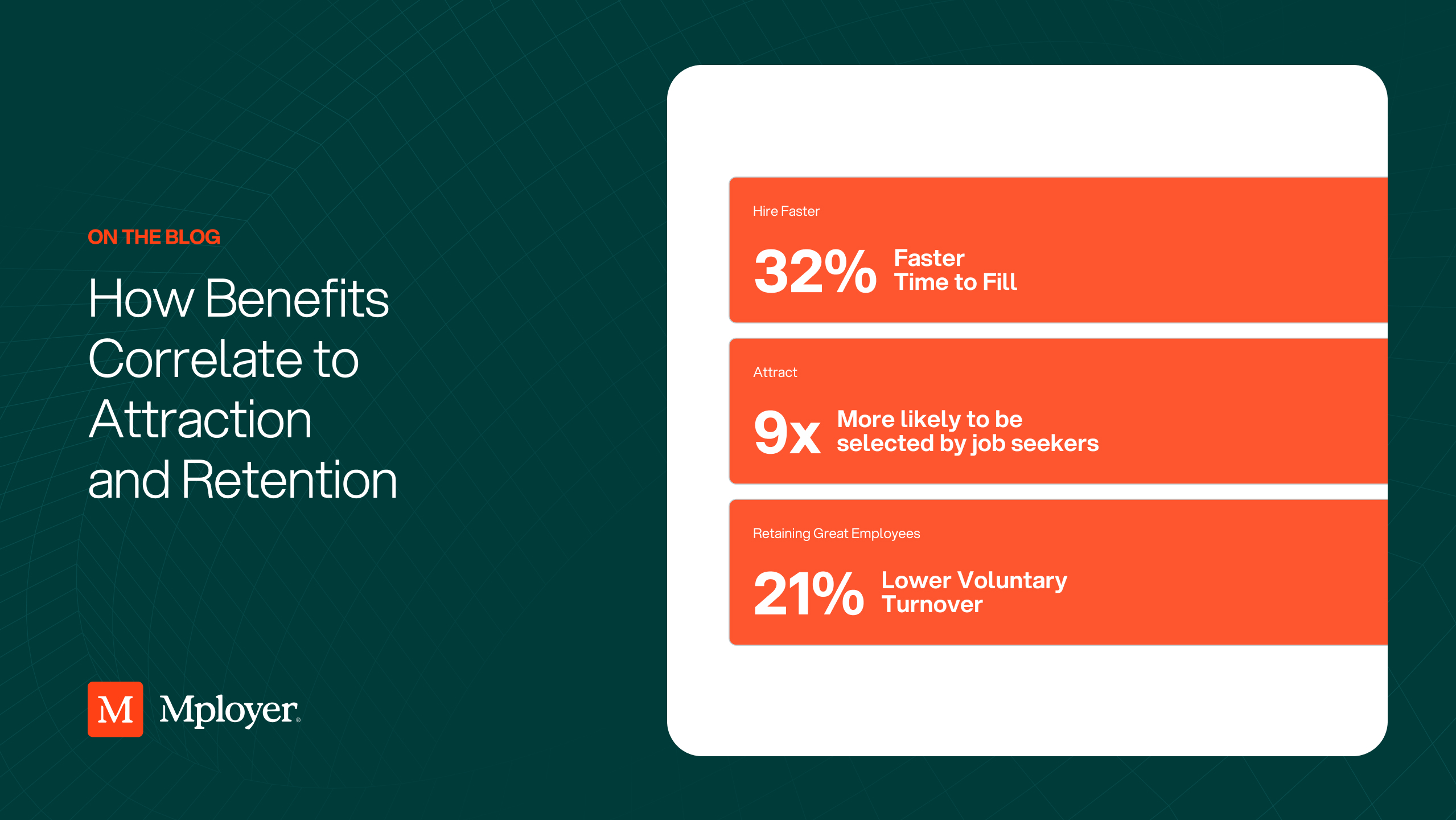
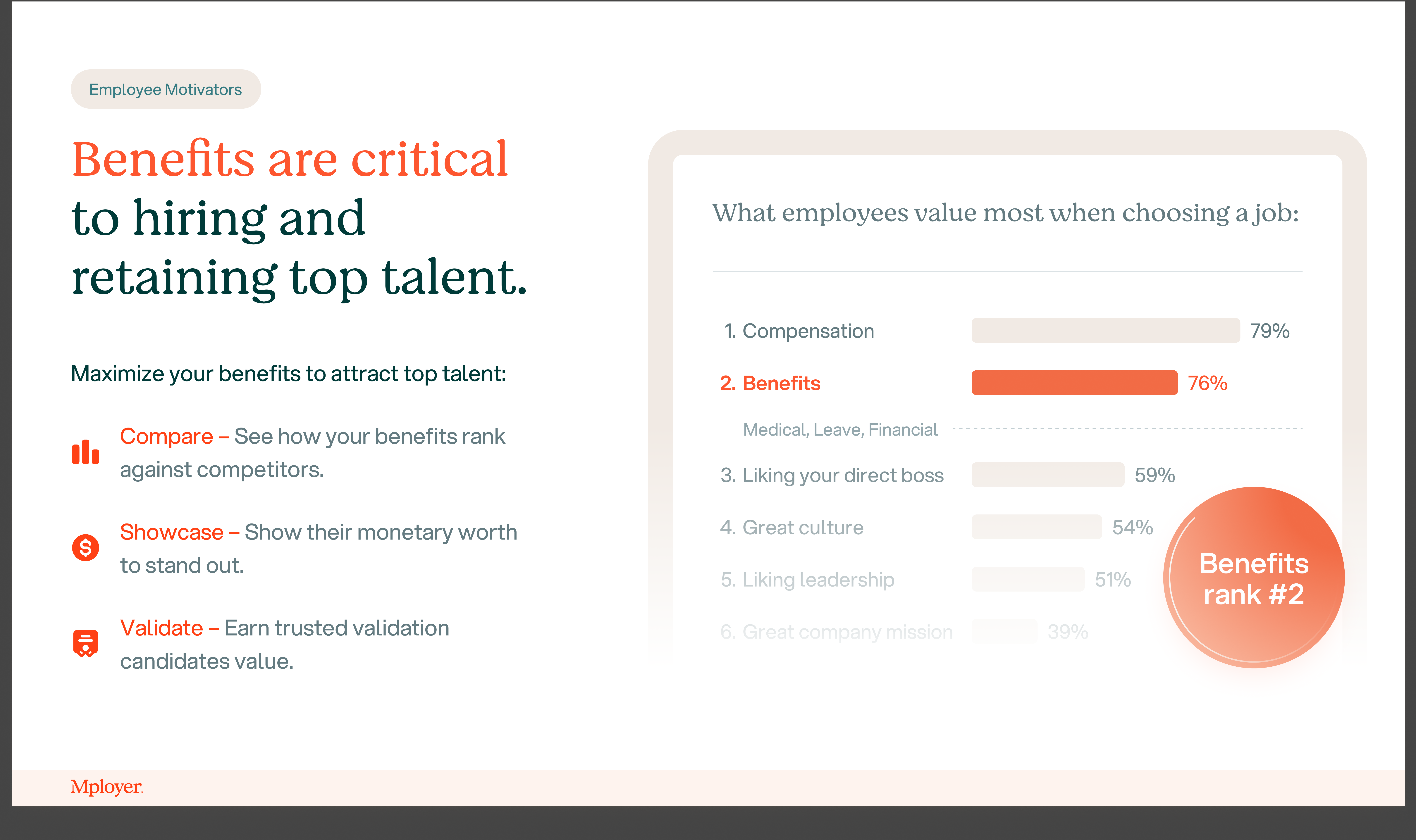

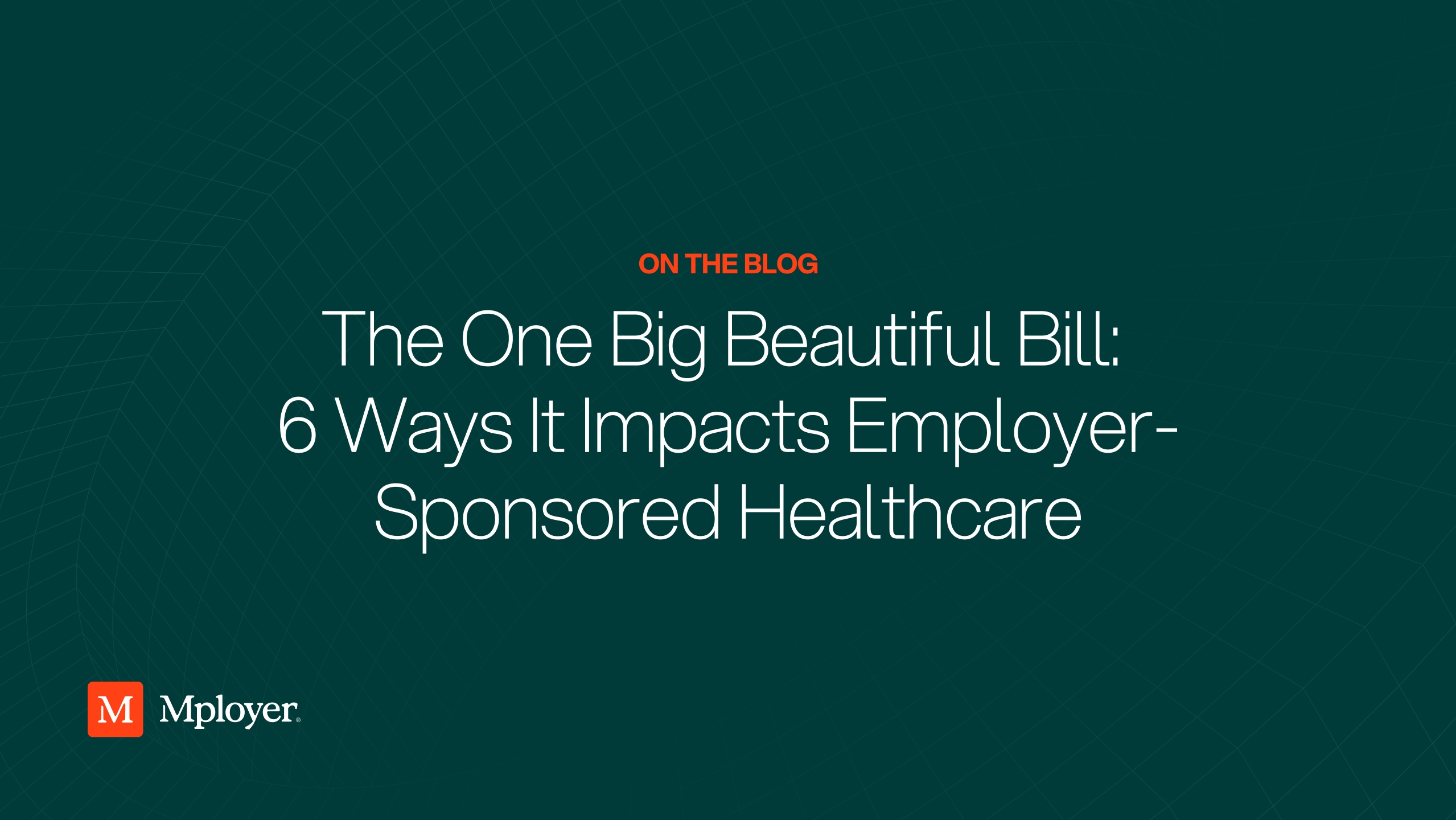


.jpg)



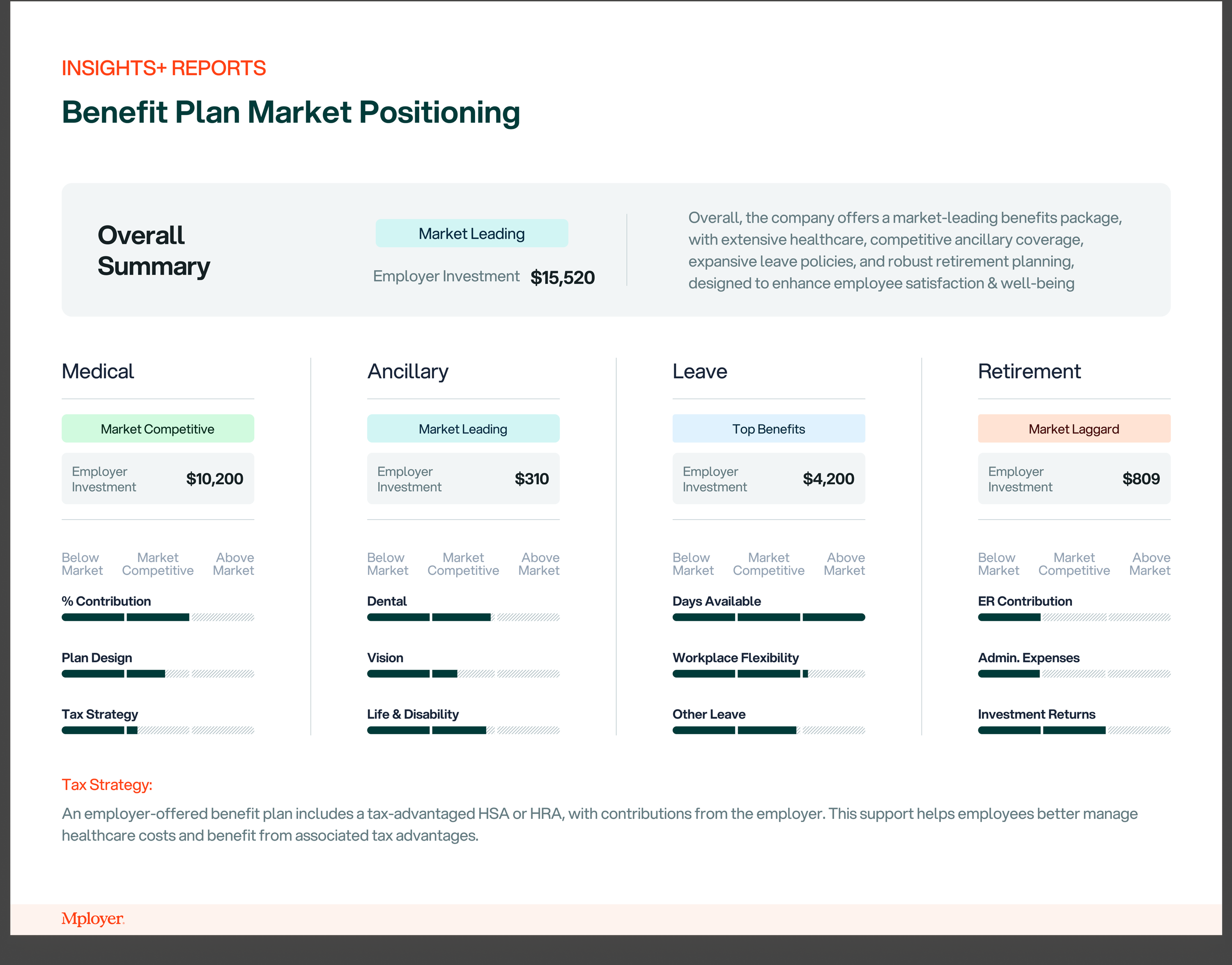


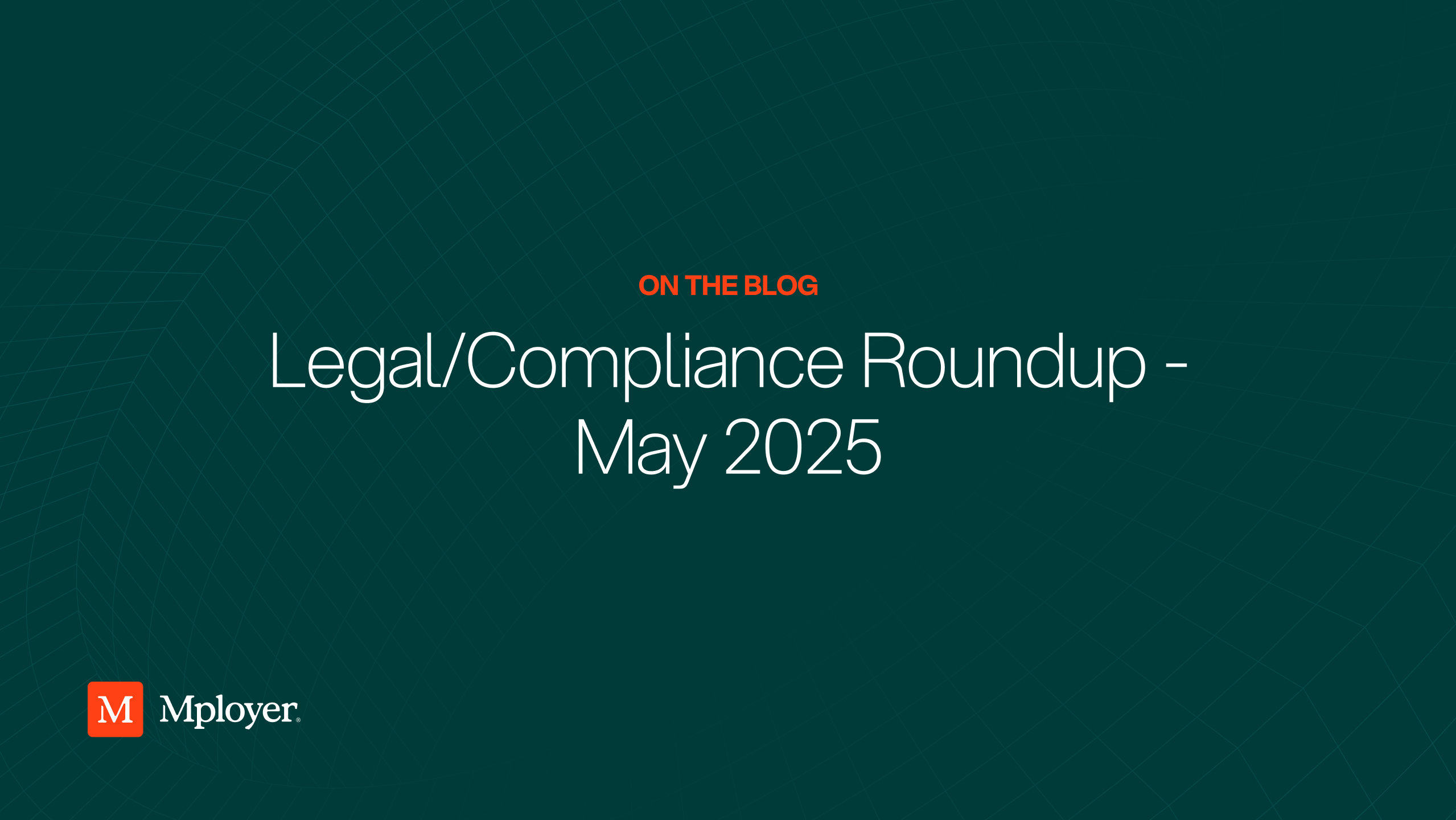

.svg)
.svg)
.svg)

.svg)